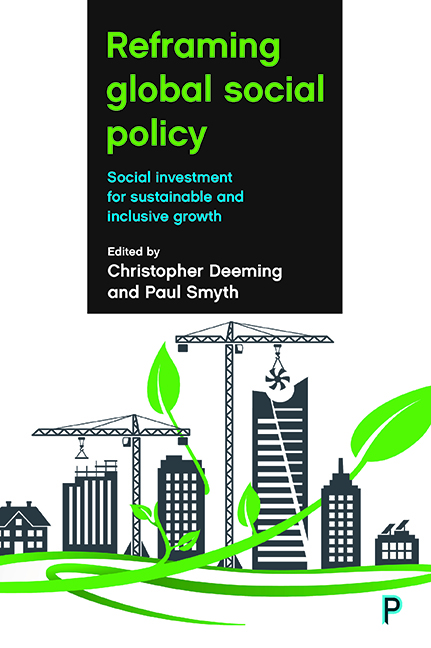Nine - Inclusive growth and social investments over the life course
Published online by Cambridge University Press: 12 April 2022
Summary
Introduction
Marrying the goals of inclusive growth with the means of social investments over the life course may become one of the most promising innovations in global social policy thinking in the 21st century.
Inclusive growth was one of three flagship objectives of the EU's Europe 2020 strategy. Launched in 2010 this strategy aimed at inclusive growth by creating more and better jobs, especially for women, young people and older workers, helping people of all ages anticipate and manage change through investments in skills and training, by modernising labour markets and welfare systems and by ensuring the benefits of growth reach all parts of the EU.
Since 2010, however, a lot has happened both in the way we think about social policies and in the initiatives of the EU in social policy. And the thinking and the policies are starting to align, at least at the EU level. Most prominently the European Commission launched the Social Investment Package in 2013, which brought together many policies hitherto with separate strategies like education, employment, and health and social policy. Social investments, according to the European Commission and other international agencies, are potential ‘win-win’ reforms (European Commission, 2013a, 2013b; European Parliament, 2012).
Social investments are those policies that are designed to strengthen people's skills and capacities in order to enable them to participate fully in education, employment and social life. Such policies aim not only to improve the life of individuals but also the economic prospects of countries through more tax revenues from work and lower social and health expenditures.
Although the aim and policies constitute a new approach to social policy the terminology used in the Social Investment Package was still reminiscent of conventional social policy thinking in its lifecycle perspective by using such terms as ‘from cradle to grave’ and ‘life cycle stages’ (European Commission, 2013a). The life cycle perspective on social policy dates back to Seebohm Rowntree more than a century ago. In the meantime, not least social policy scholars have contributed to a new agenda on global social policy, that of social investments (Jenson, 2010; Deeming and Smyth, 2015).
- Type
- Chapter
- Information
- Reframing Global Social PolicySocial Investment for Sustainable and Inclusive Growth, pp. 213 - 228Publisher: Bristol University PressPrint publication year: 2017



